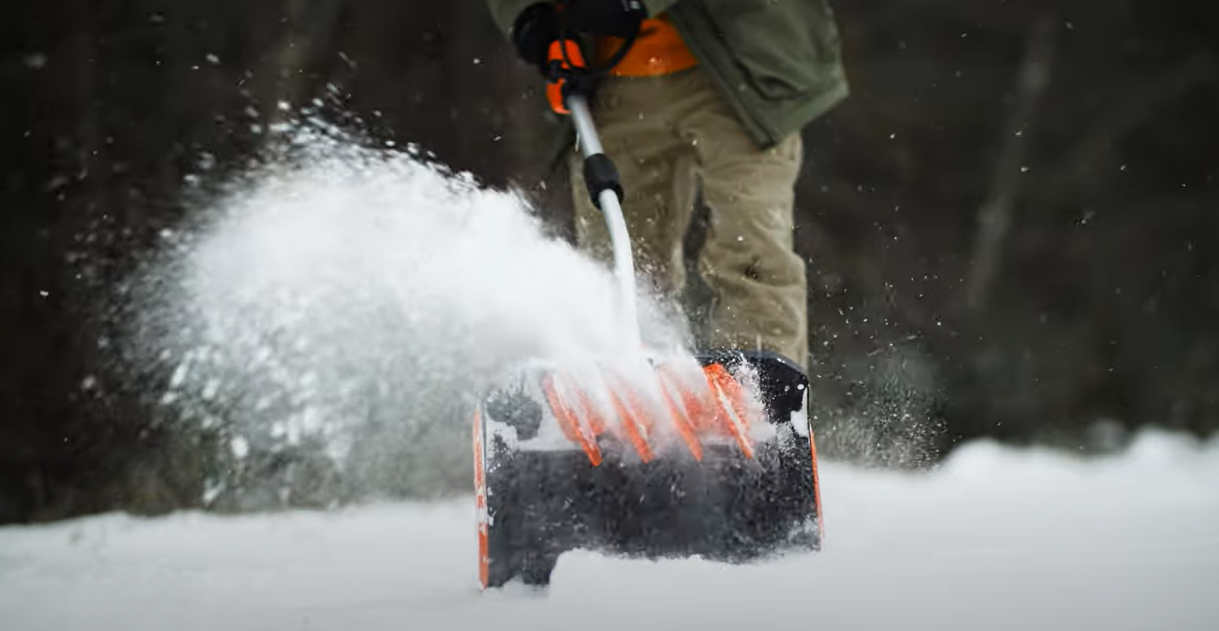
Using a snow thrower or snow blower helps you clear snow fast. It can make your driveway and path safe in winter. But if you use it wrong, you can get hurt. Thousands of people get injured each year. You can hurt your hands, get hit by flying things, slip, or have a health emergency.
Many people do not know that taking care of the machine makes it safer. Regular maintenance also helps it work better.
Here are some facts:
Most injuries happen when people put their hands in the chute.
Slips and falls often happen on ice.
Some people have died from heart problems while using a snow blower.
Statistic/Aspect |
Data/Description |
|---|---|
Average Annual Injuries |
|
Most Commonly Injured Body Part |
Fingers, then hands |
Common Injury Types |
Broken bones, cuts, and lost fingers |
You can stay safe by following safety rules and doing simple maintenance. Every homeowner can do these steps for a safer winter.
Key Takeaways
Always read the manual before you use your snow thrower. Learn how the controls work so you can stay safe and feel sure of yourself. Clear your driveway of things that could get in the way. Wear the right safety gear like gloves, boots, and safety glasses every time you use the machine. Never use your hands to clear clogs. Always turn off the snow thrower first. Use a tool to remove blockages so you stay safe. Check the oil, spark plugs, belts, and other parts often. This helps your snow thrower work well all winter. After winter, clean your snow thrower and add fuel stabilizer. Store it in a dry place to stop damage and help it last longer.
Snow Thrower Safety
Preparation Steps
Before you start, prep your snow blower and check your driveway and path. Remove any rocks, sticks, or debris that could get caught in the machine or become dangerous projectiles. Make sure the area is clear of pets and children.
Dress for the weather and for safety. Wear insulated gloves, sturdy boots with good traction, and safety glasses to protect your eyes from flying debris. Avoid loose clothing that could get caught in moving parts.
Tip: Warm up your snow thrower outside in a well-ventilated area before use. Never start it indoors to prevent carbon monoxide buildup.
Safe Operation Tips
When you use the snow blower safely, you protect yourself and others. Always keep your hands and feet away from moving parts. If the chute gets clogged, turn off the snow thrower and wait for all parts to stop. Use a stick or the clean-out tool to remove blockages—never use your hands.
Operate the snow thrower only when all safety shields are in place. Do not bypass any safety controls.
Never add gasoline to a running or hot engine.
Stay alert for icy spots on your driveway to avoid slipping.
Work at a steady pace and do not rush.
Keep bystanders, especially children and pets, at least 75 feet away from the snow thrower. Stop the machine if anyone enters this safety zone.
After Use Safety
After cleaning your driveway and path, turn off the snow thrower and remove the key. Wait for all moving parts to stop before doing any cleaning or maintenance. Use a tool, not your hands, to clear away ice or snow from the blades.
Never leave the snow thrower running unattended. Store it in a safe, dry place after use.
Note: Regular cleaning and maintenance help your snow thrower last longer and work better each winter.
How to Use a Snow Blower
Clearing Clogs
Clogs can happen when wet or heavy snow blocks the chute or auger. If your snow blower clogs, stop the machine right away. Disengage the clutch and wait at least 5 to 10 seconds for all moving parts to stop. Never use your hands to clear a clog. The blades can store tension and may move suddenly, causing serious injury.
Use a sturdy stick, broom handle, or a special chute clearing tool. Many snow blowers come with a plastic tool for this purpose. These tools keep your hands away from dangerous parts. After clearing the clog, spray the chute and auger with a non-stick product to help prevent future blockages.
Safety Alert: Always keep all safety shields in place. Wear goggles to protect your eyes from flying snow or debris.
If you follow these instructions every time you use your snow blower, you will reduce the risk of injury and keep your machine running well all winter.
Snow Blower Maintenance
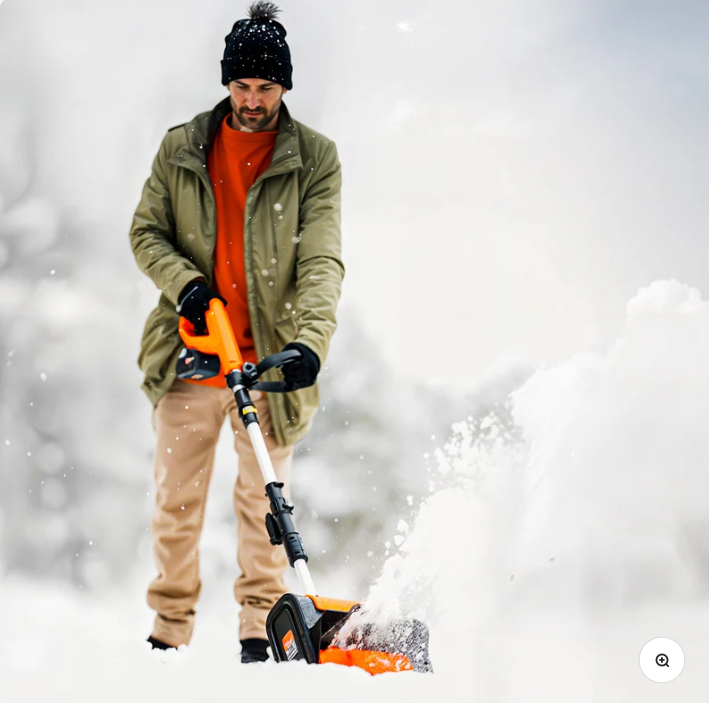
Taking care of your snow blower helps it last longer. You need to do regular checks to keep it working well. These steps stop breakdowns and help your snow blower work every time it snows. If you take care of it, your snow blower will last for many years.
Routine Checks
Read your operator’s manual at the start of each season. The manual tells you what is best for your snow blower. Before you use it, do these things:
Look at the oil level. Add more oil if it is low.
Check the spark plug. Change it if it looks dirty or broken.
Look at the air filter. Put in a new one if it is clogged or old.
Check the belts for cracks or damage. Replace them if needed.
Look at the auger paddles and shave plate. Flip or change them if they are worn out.
Check skid shoes and shear pins. Keep extra shear pins ready.
Make sure the tires have enough air.
Tip: Only add fuel when the engine is cool. Never put gas in a hot or running snow blower.
After you use your snow blower, clean off any snow or dirt. Dry it before you put it away. Oil the moving parts so they do not get rusty. Doing these things keeps your snow blower safe and working well.
Engine and Parts Care
Most engine problems happen when you do not take care of your snow blower. You can stop most problems by doing regular checks. Here are some things you should do:
Change the oil when your manual says to. Warm up the engine first to make it easier.
Use new gasoline with a fuel stabilizer. This keeps the fuel system clean and helps the engine start.
Clean or change the air filter so air can flow well.
Check and change spark plugs if the snow blower is hard to start or if they look bad.
Look at the belts for cracks or fraying. Change them if they are worn out.
Oil the axles, auger shafts, and drive gears. Do this once each season to stop rust.
Check fuel lines for cracks or leaks. Change them if they are damaged.
Starter and ignition parts can break after a while. Test the ignition system before big snow comes. Tighten bolts and check safety switches before winter. These steps help you find problems early and keep your snow blower working well.
Single-stage and two-stage snow blowers need different care. Single-stage models have augers that touch the ground, so you must change their blades more often. Two-stage models have more parts and need more checks. Both types need oil changes and checks before winter.
Note: Always follow your manual for the best results.
Storage Instructions
Storing your snow blower the right way keeps it ready for next year. Gas and electric snow blowers need different steps at the end of winter.
For gas snow blowers:
Put fuel stabilizer in the gas tank. Run the engine for a few minutes to mix it.
Change the oil after the engine is warm.
Clean the snow blower to get rid of dirt, salt, and snow.
Check for broken parts. Tighten all screws and bolts.
Drain the gas if you will not use the snow blower for a long time. This stops sludge and water from building up.
Put a little oil or rust spray on metal parts.
Store your snow blower in a dry place with a cover.
For electric snow blowers:
Take out lithium-ion batteries before you store it. Keep the batteries in a cool, dry place.
Put the batteries back in when you want to use the snow blower again.
Expert care during storage stops rust, corrosion, and engine trouble. Good end-of-season care helps your snow blower start easily next winter.
A fuel stabilizer keeps your engine safe by stopping bad stuff from building up in the fuel. Even if you use stabilizer, always use new gas when you start the season. Some people drain the tank, and some leave it with treated gas. Both ways work if you follow your manual.
Doing these checks and care steps protects your snow blower. You will have a machine that works well every winter. Good care means your snow blower will help you for many years.


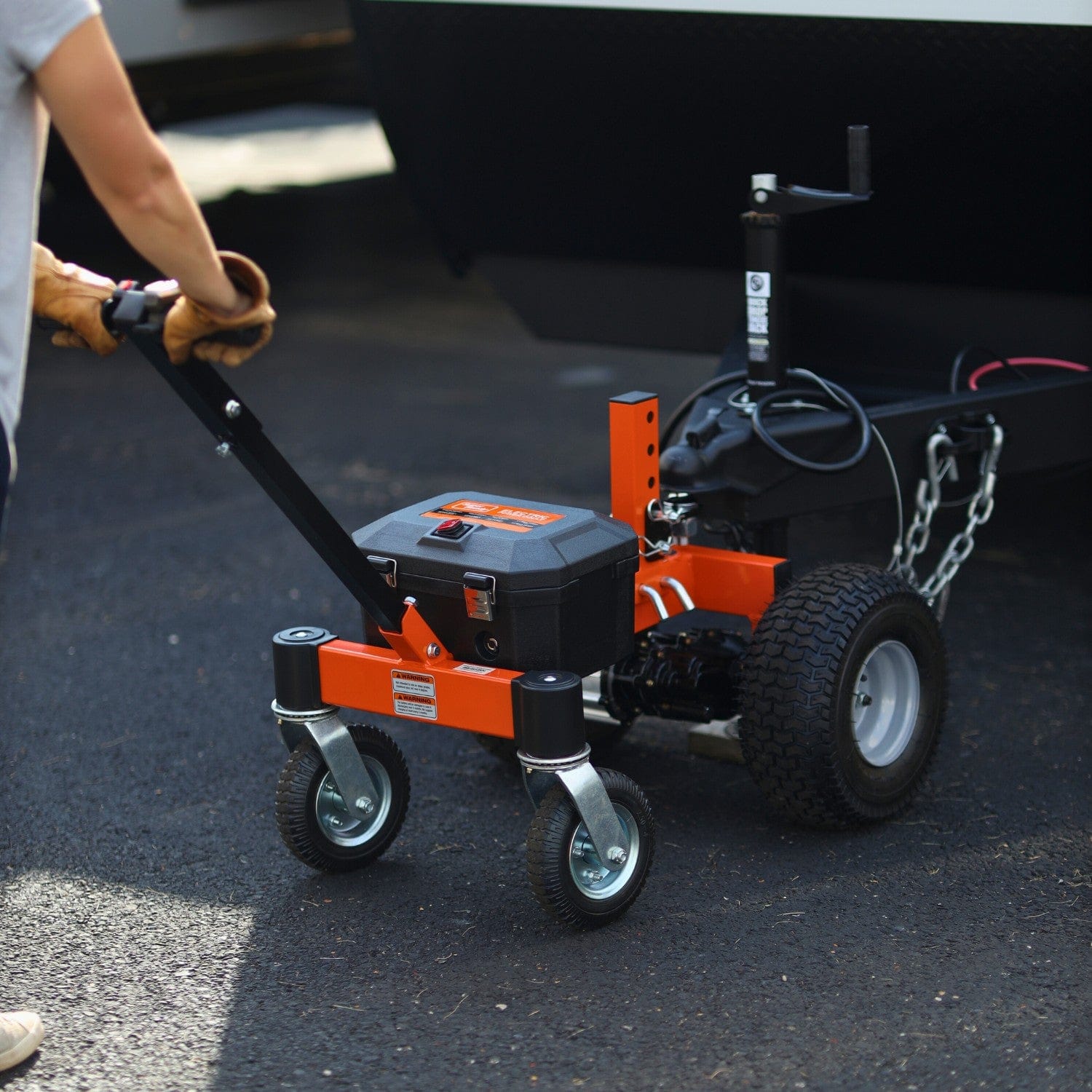
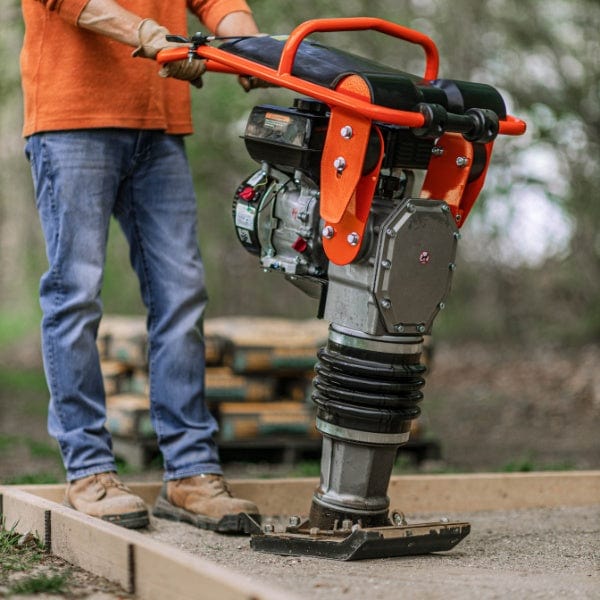
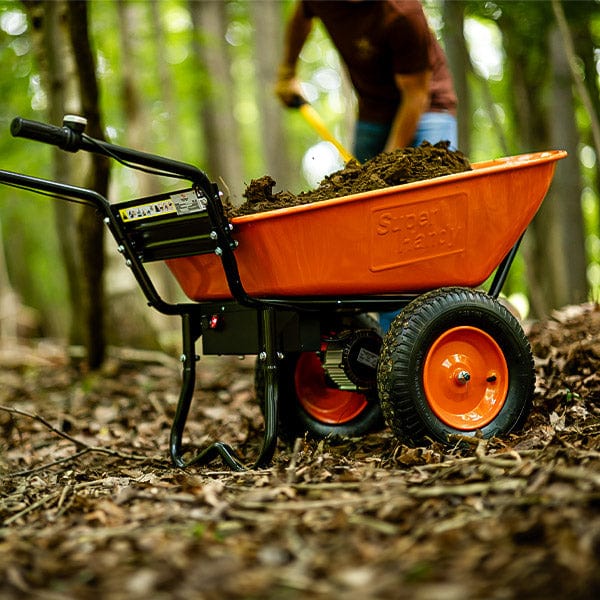
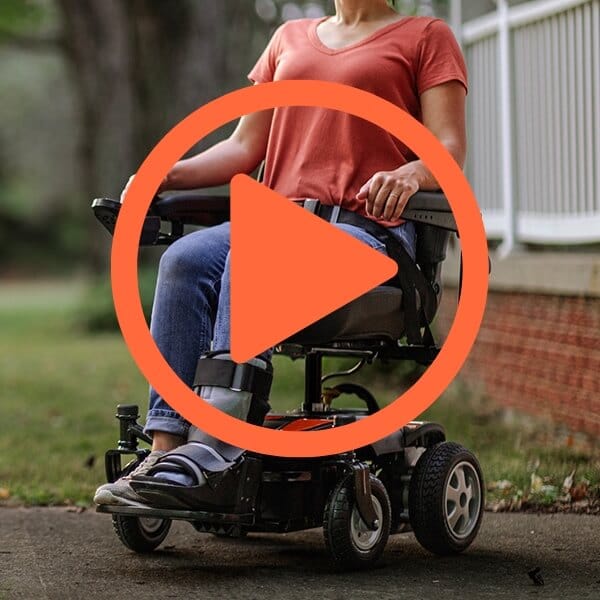

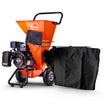
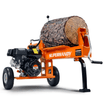

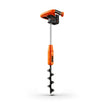
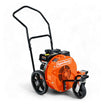
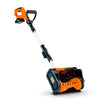
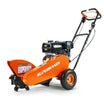
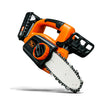
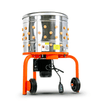
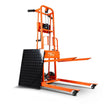
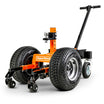
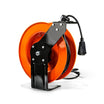
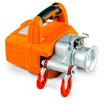
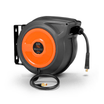

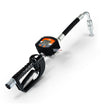
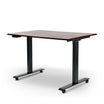
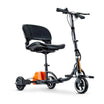
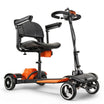
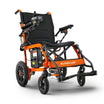


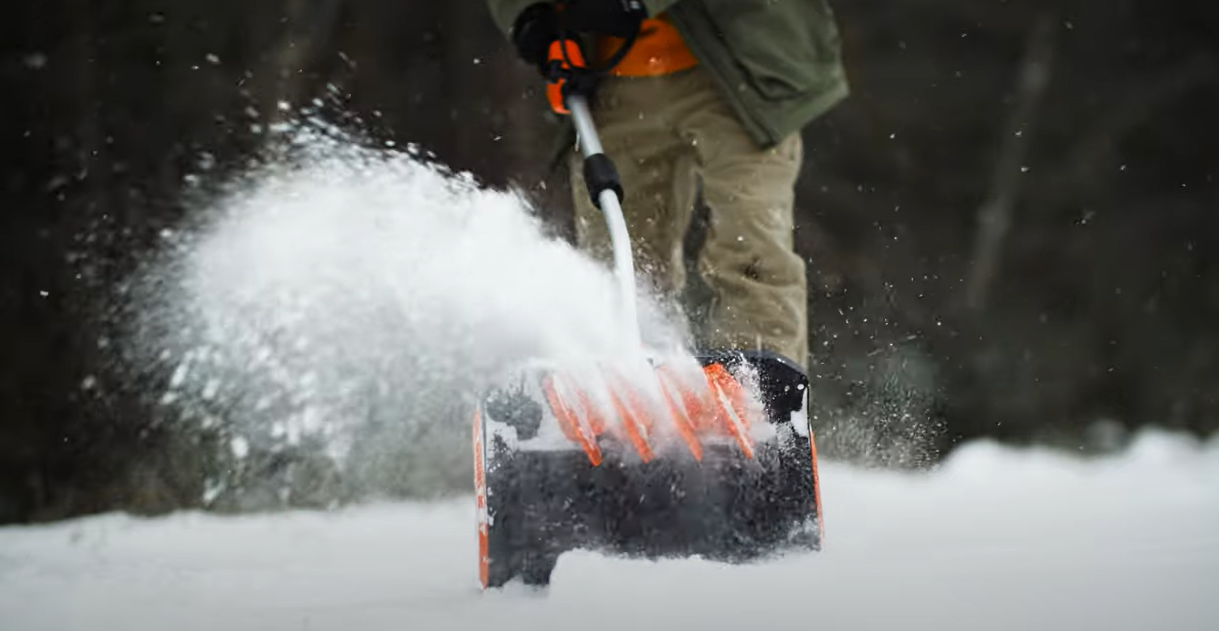
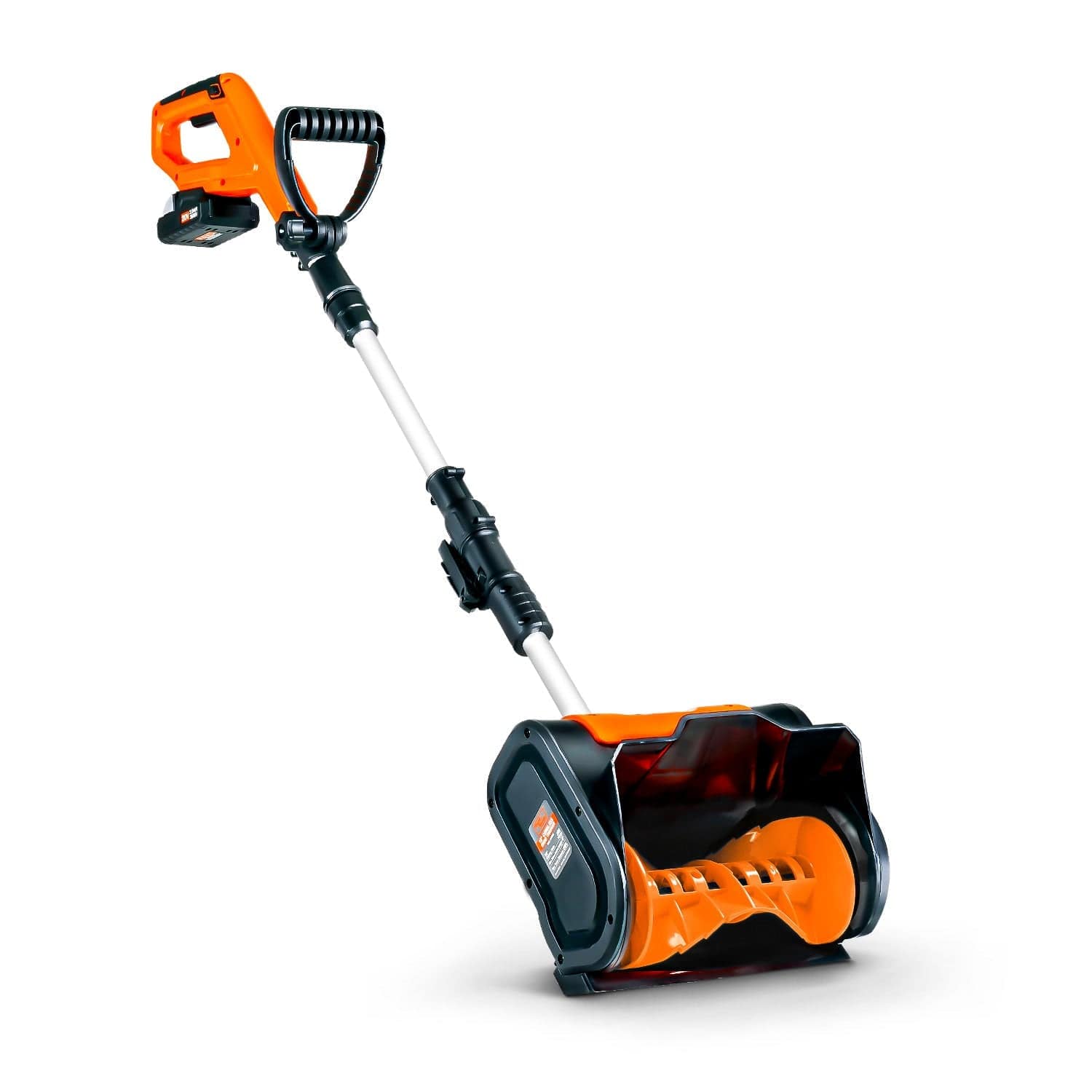
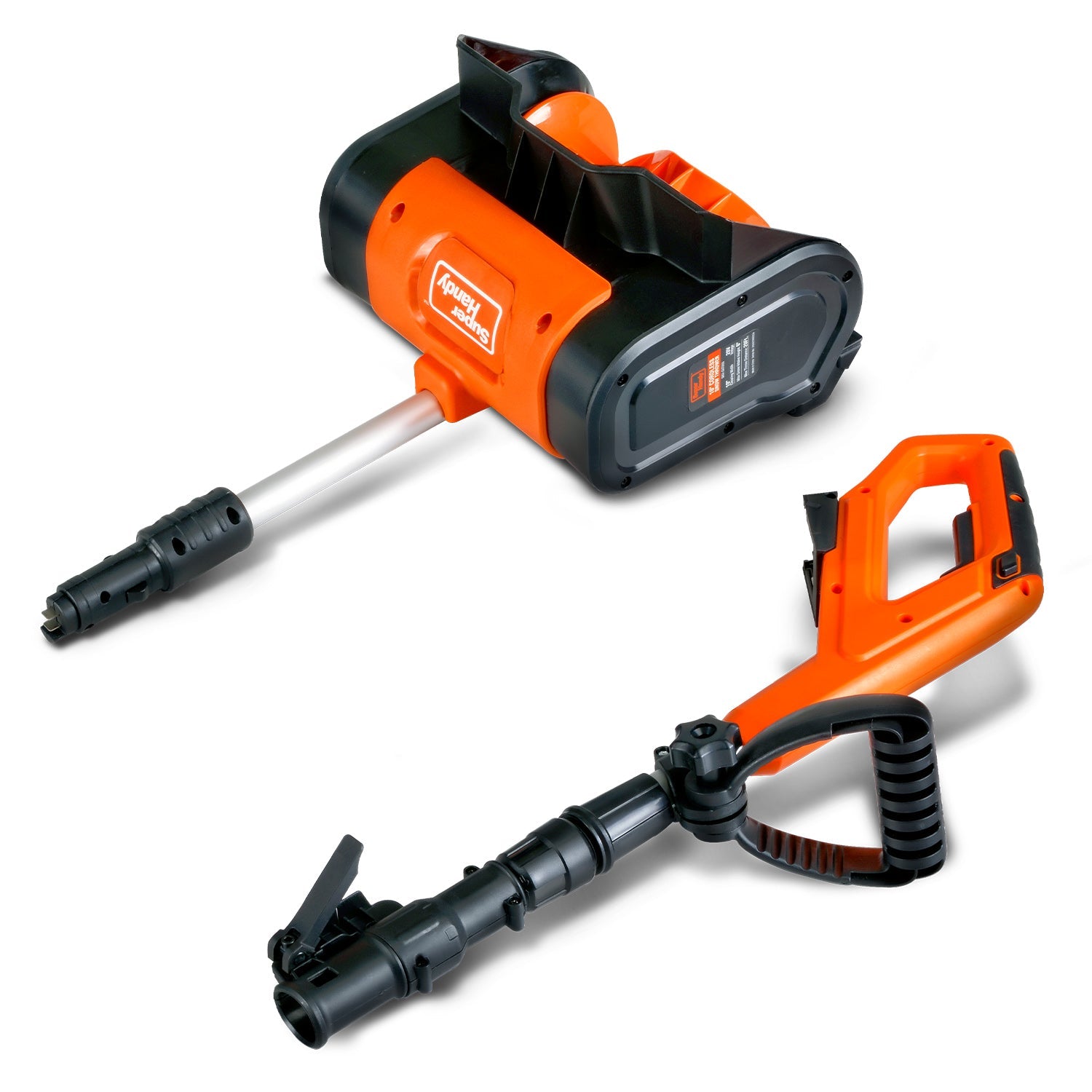
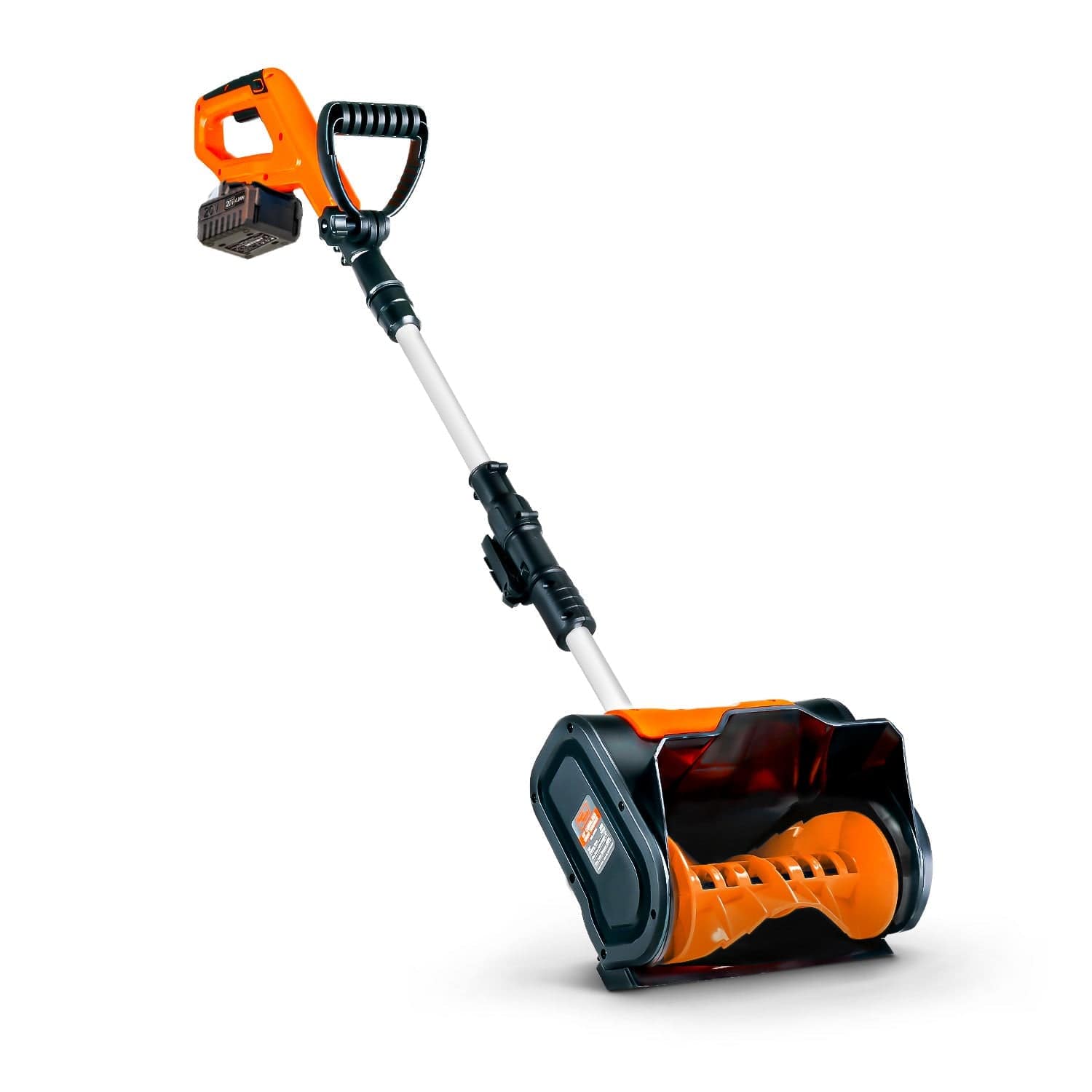
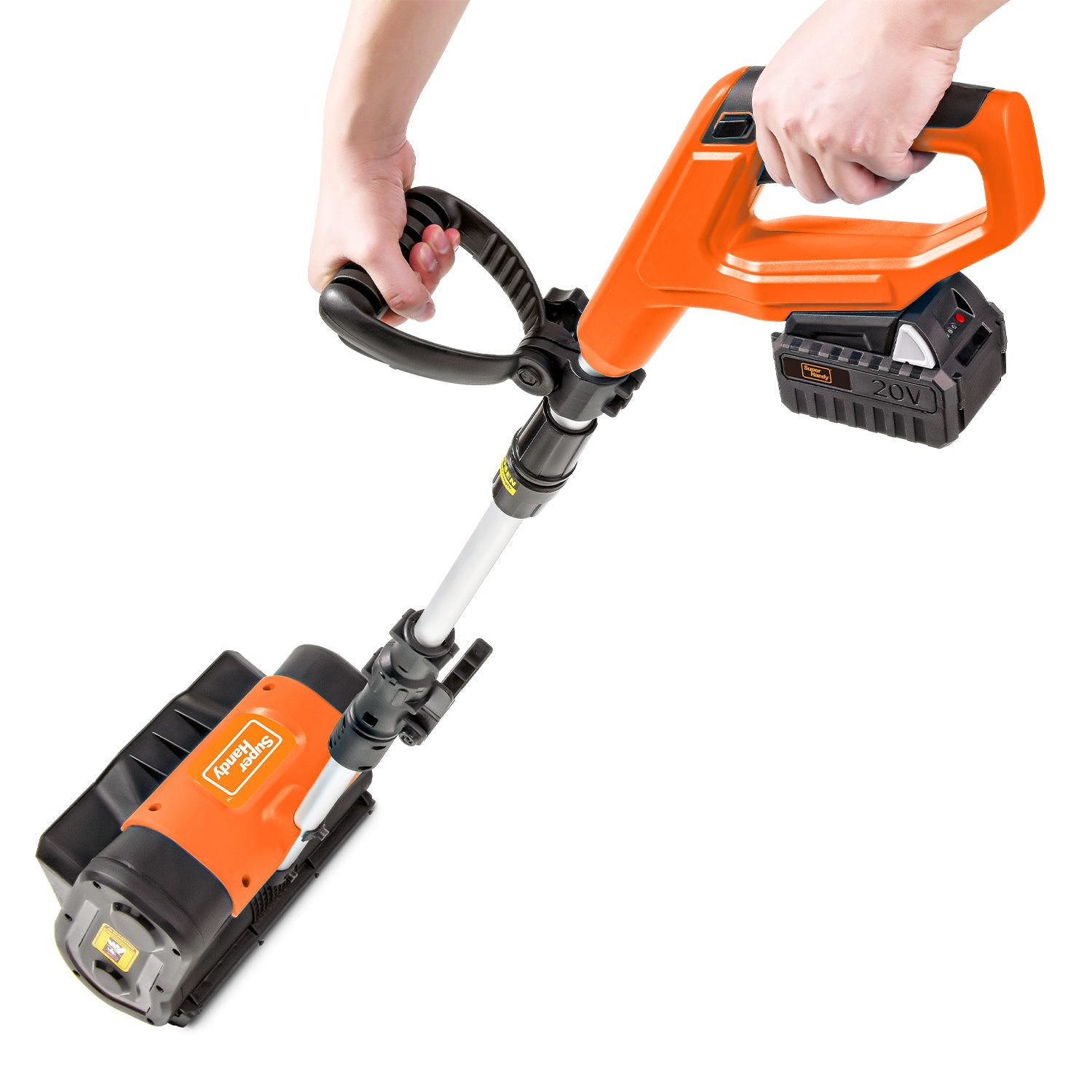
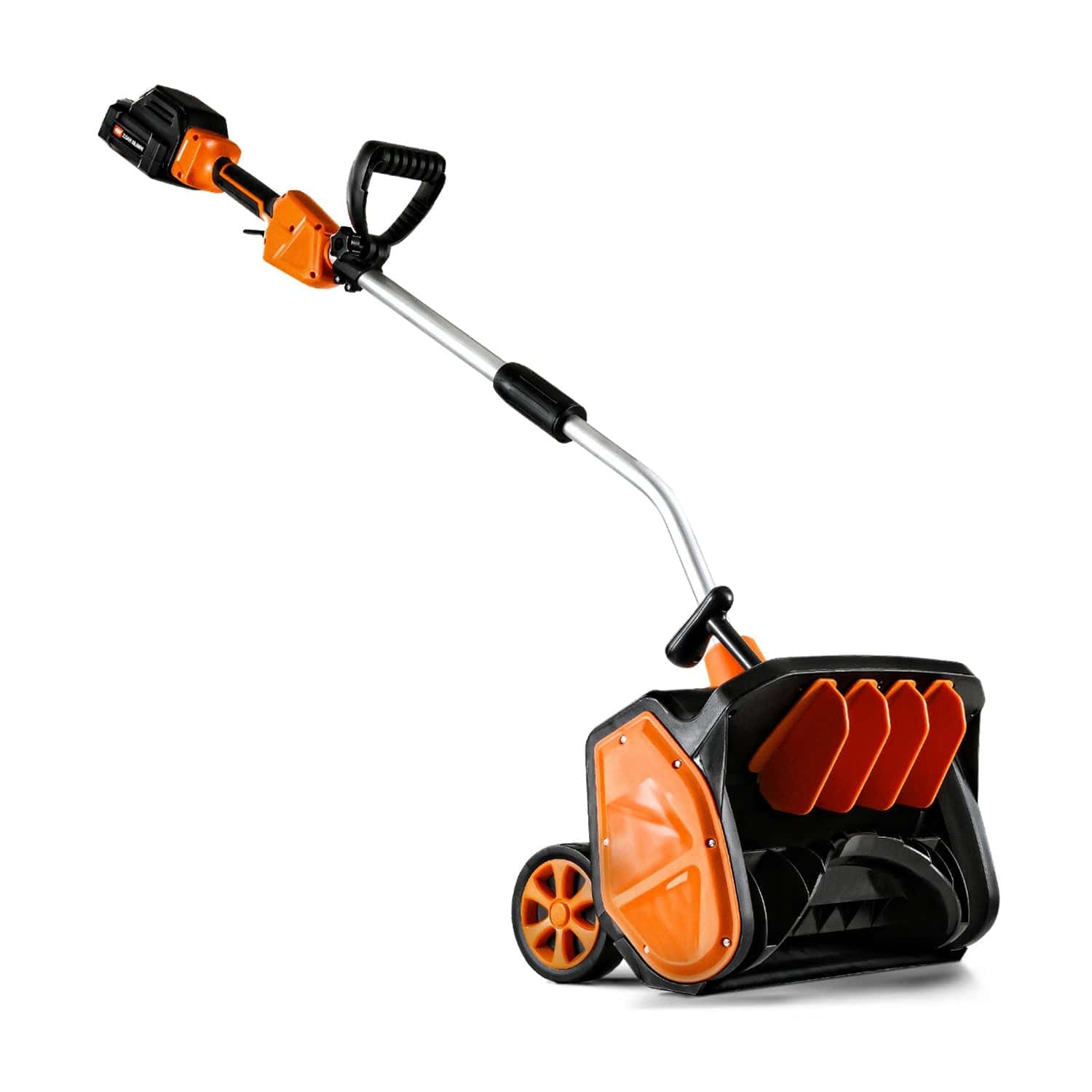
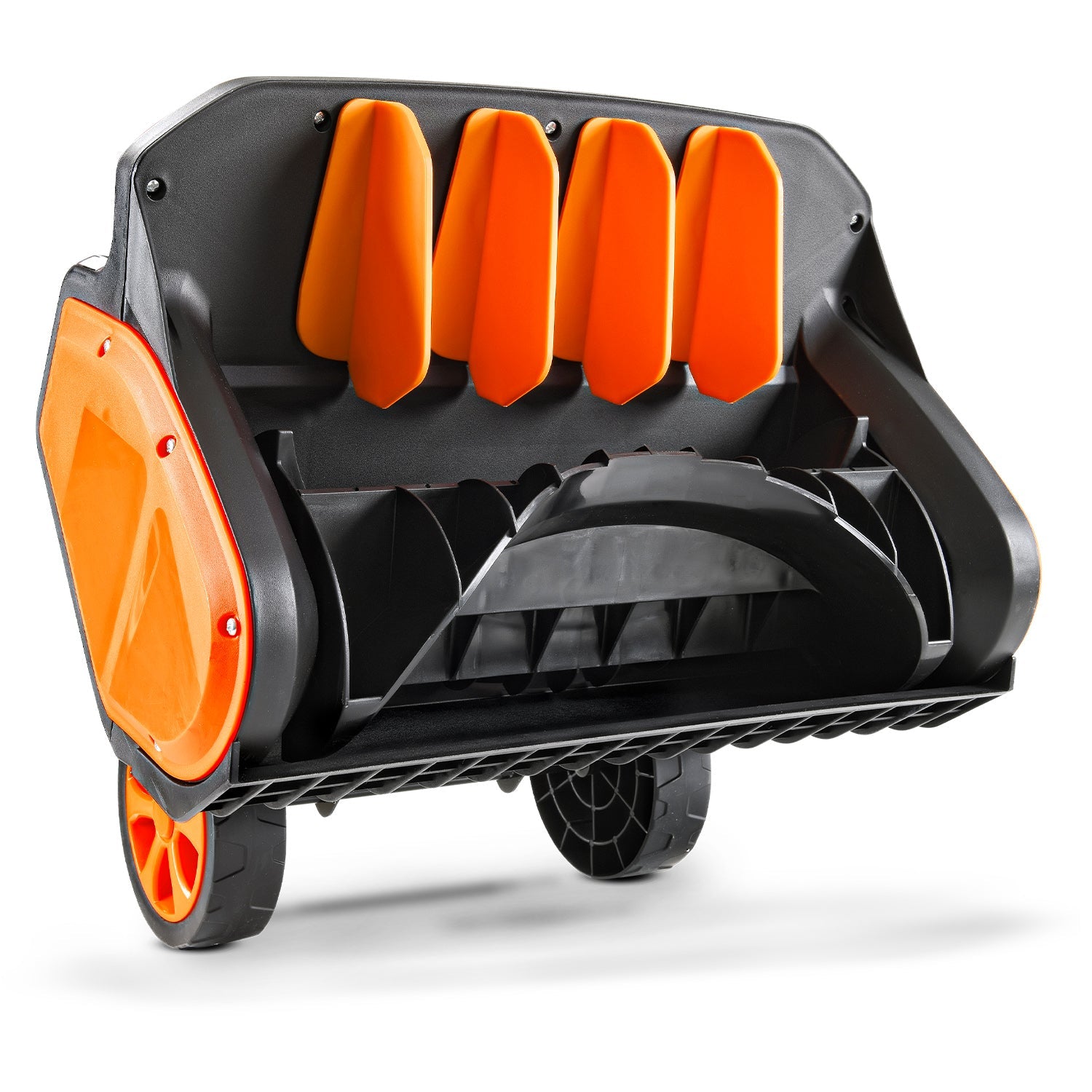
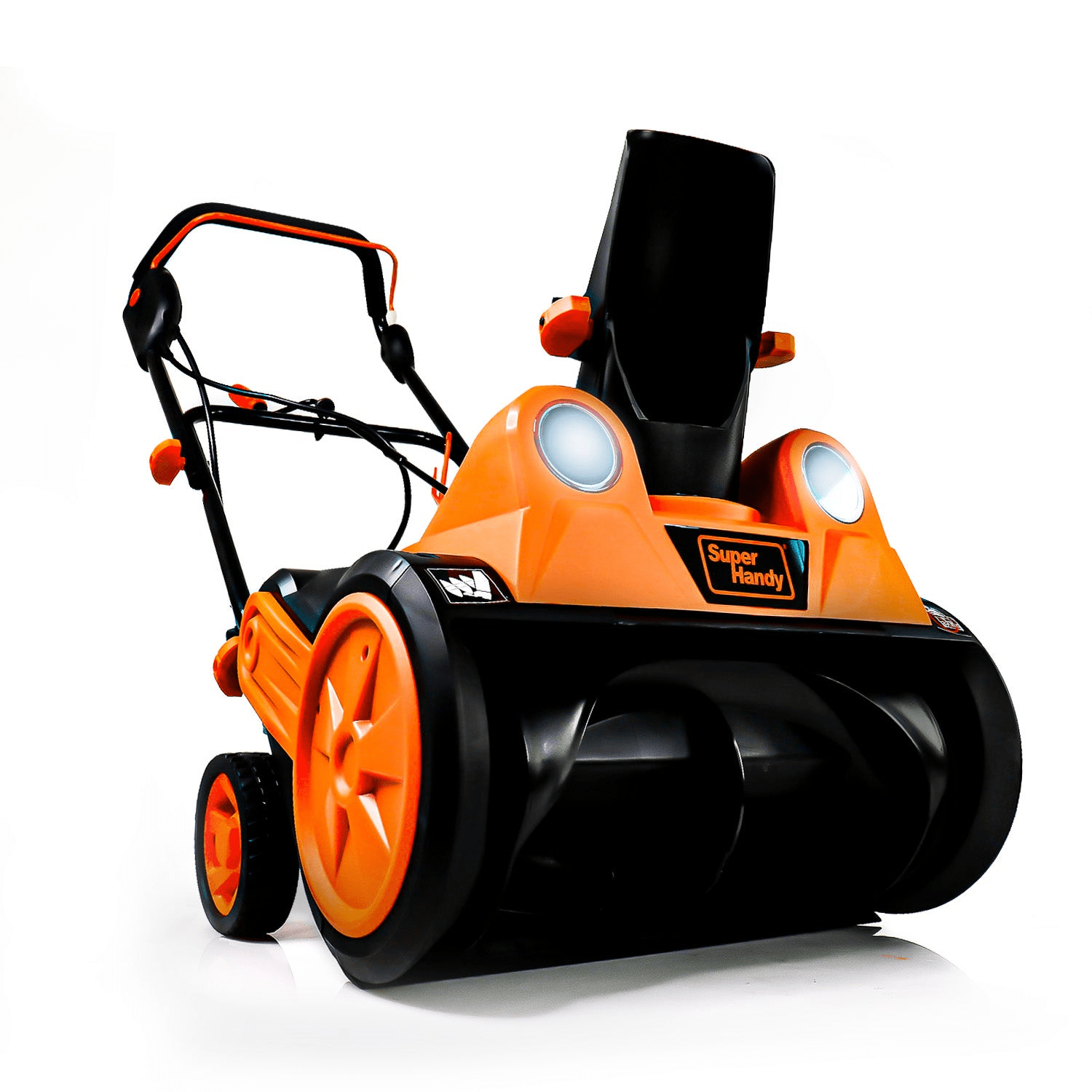
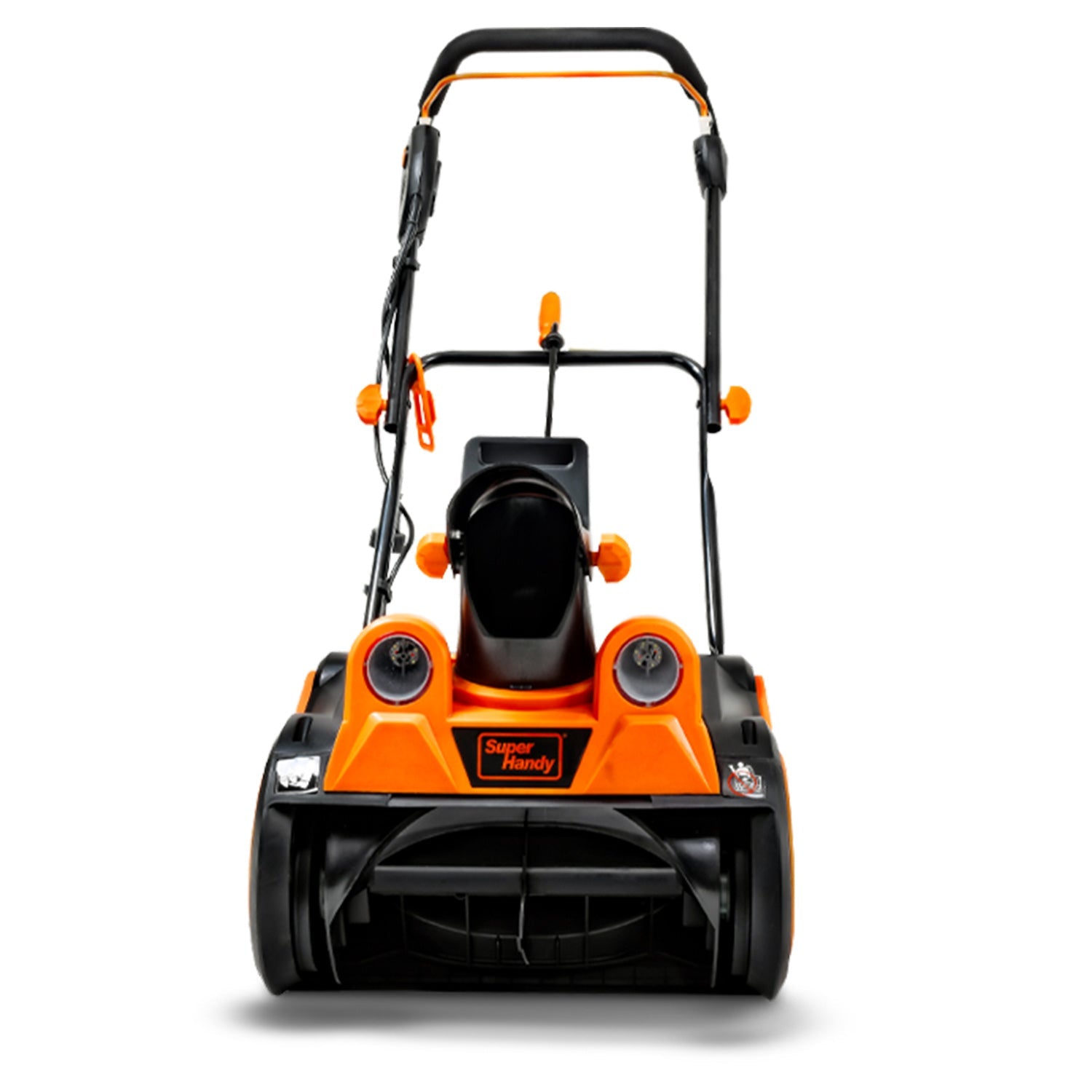
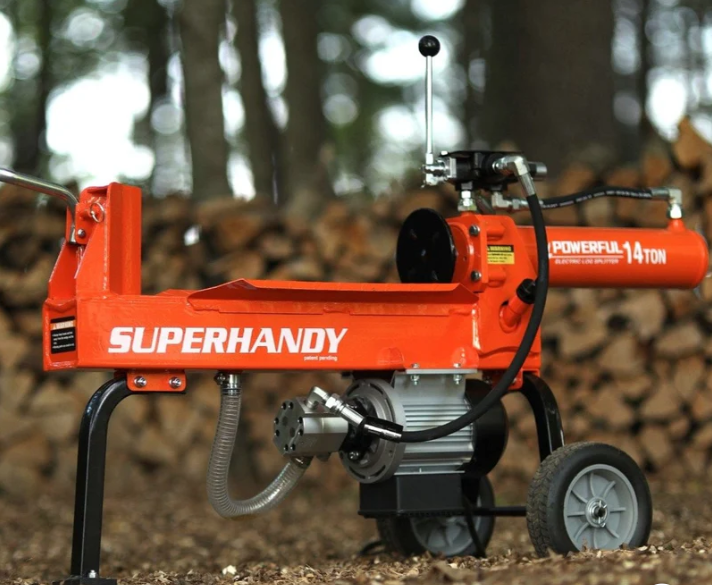
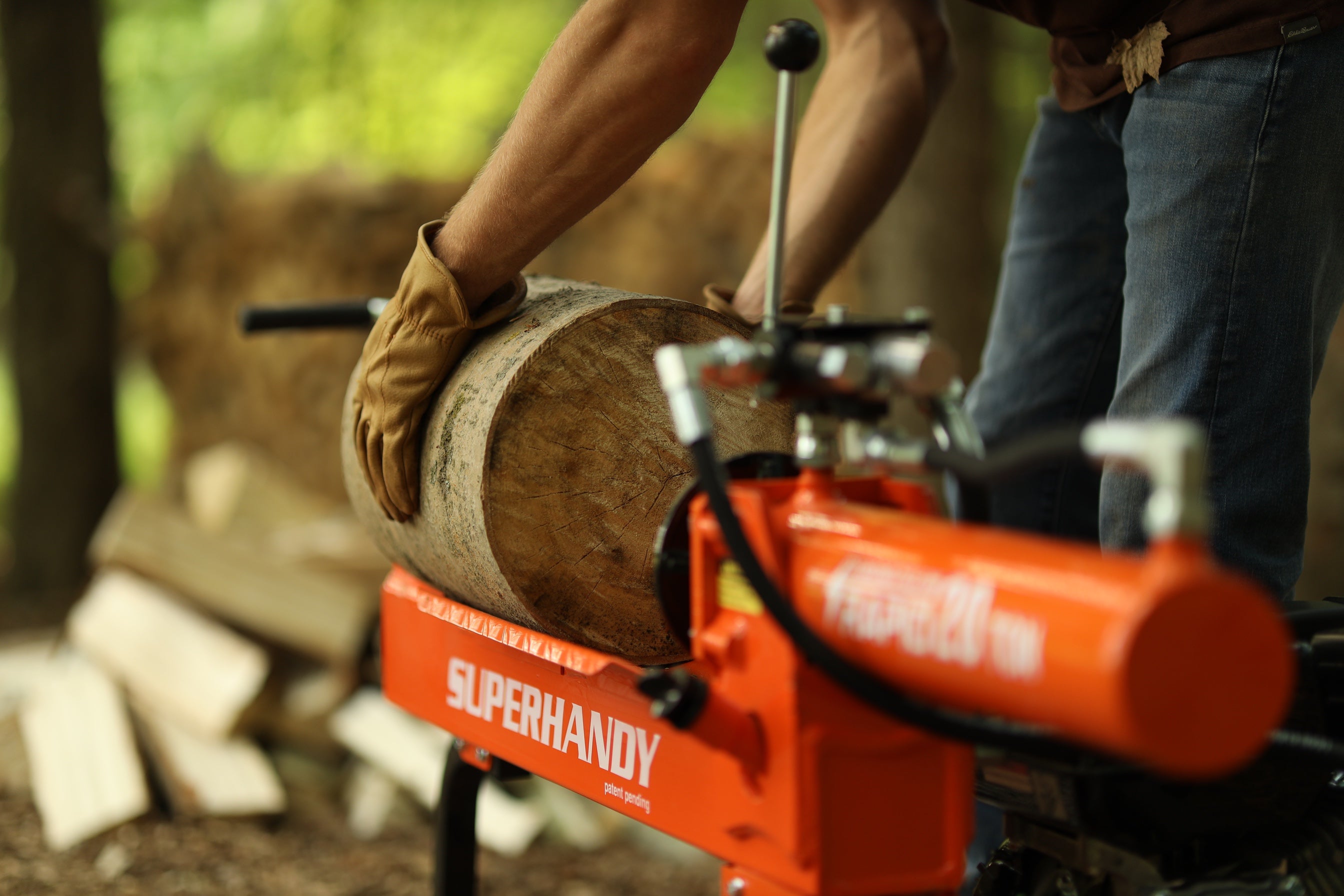
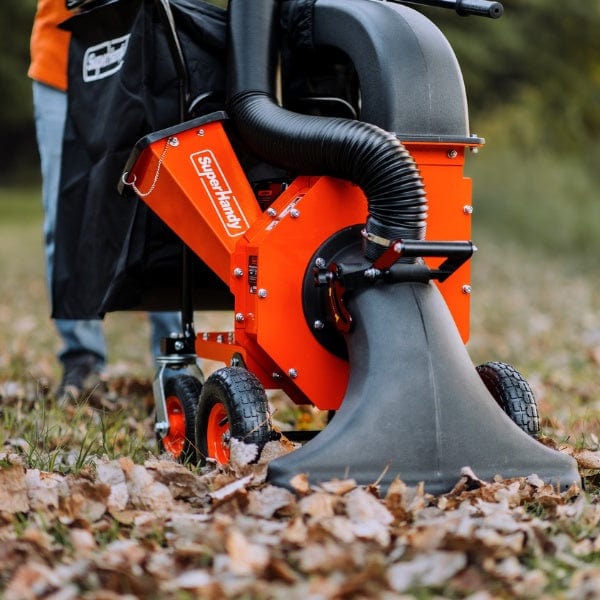
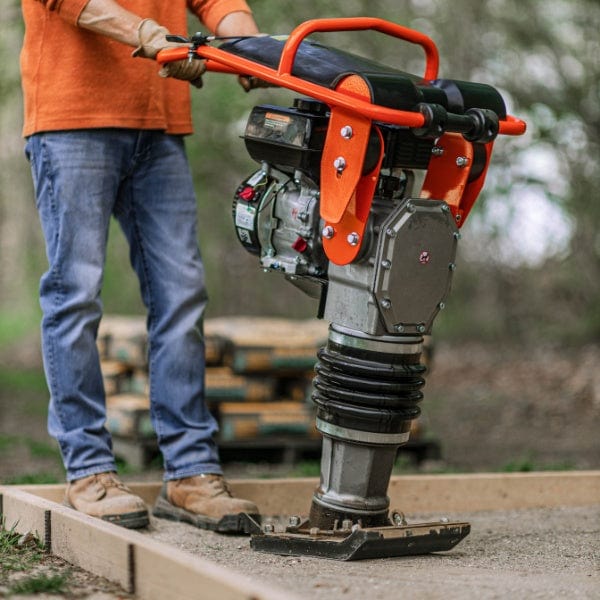
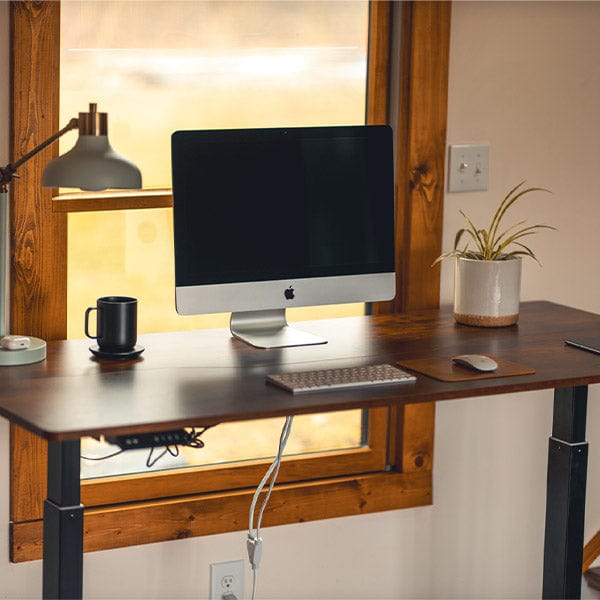
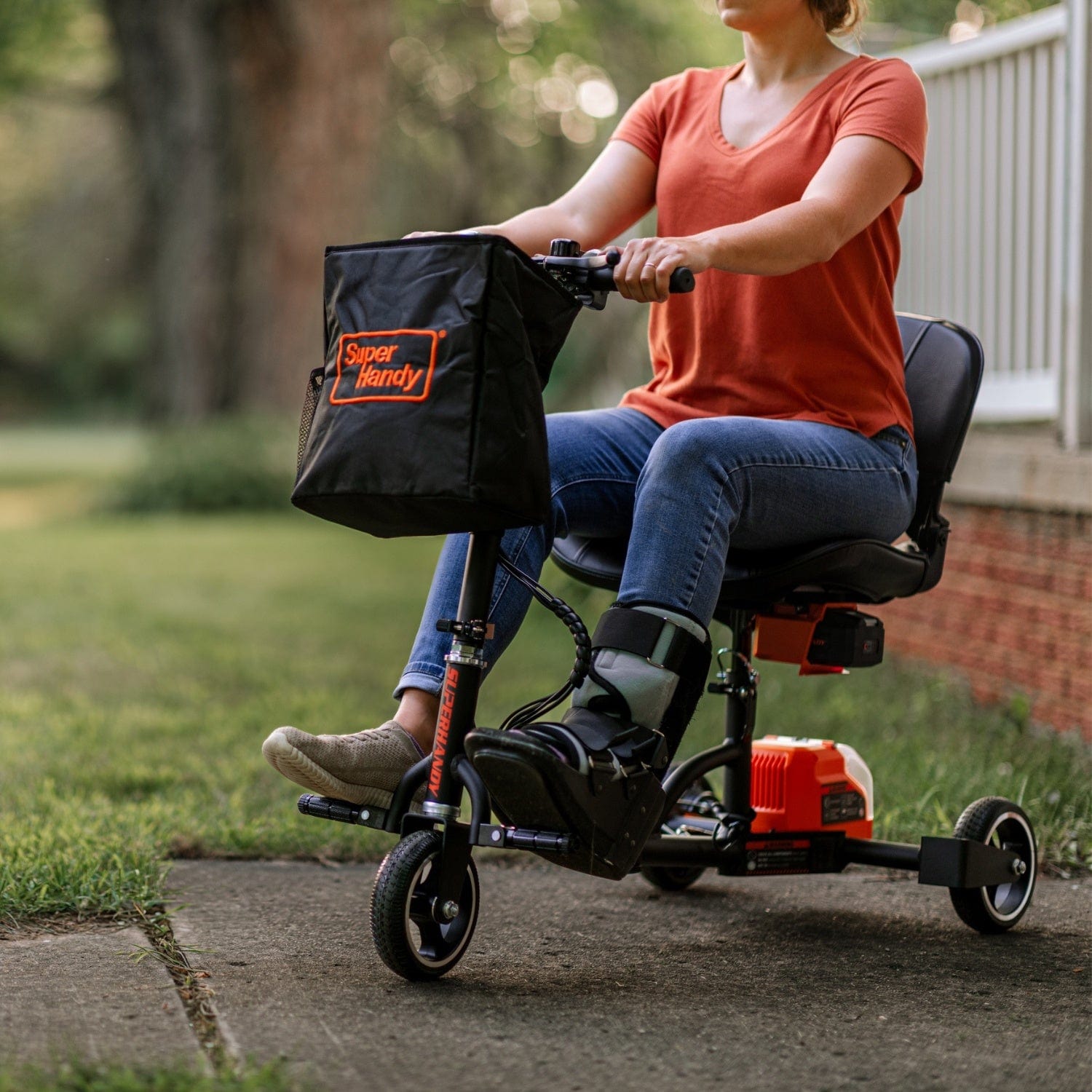
Leave a comment
All comments are moderated before being published.
This site is protected by hCaptcha and the hCaptcha Privacy Policy and Terms of Service apply.